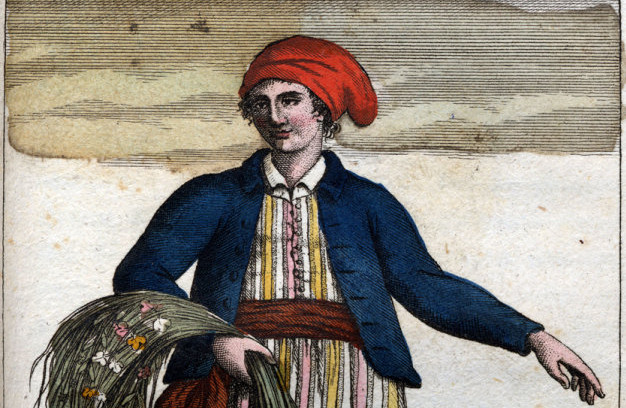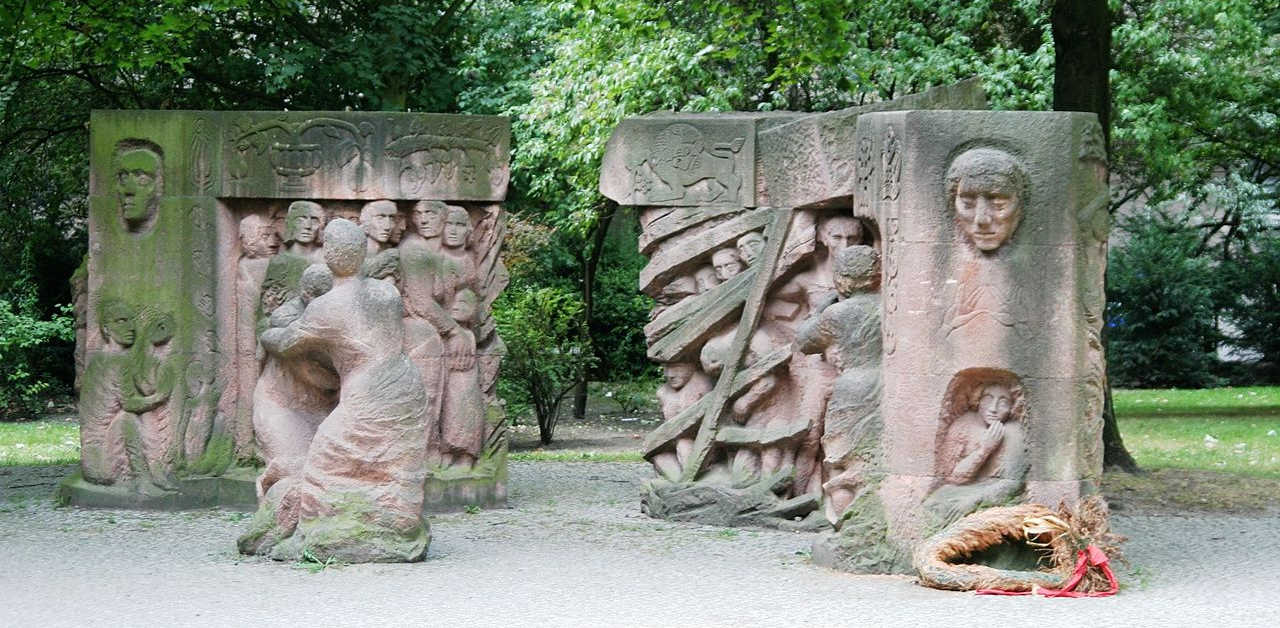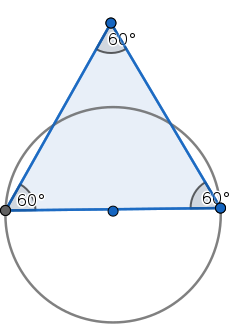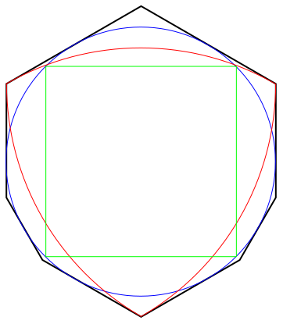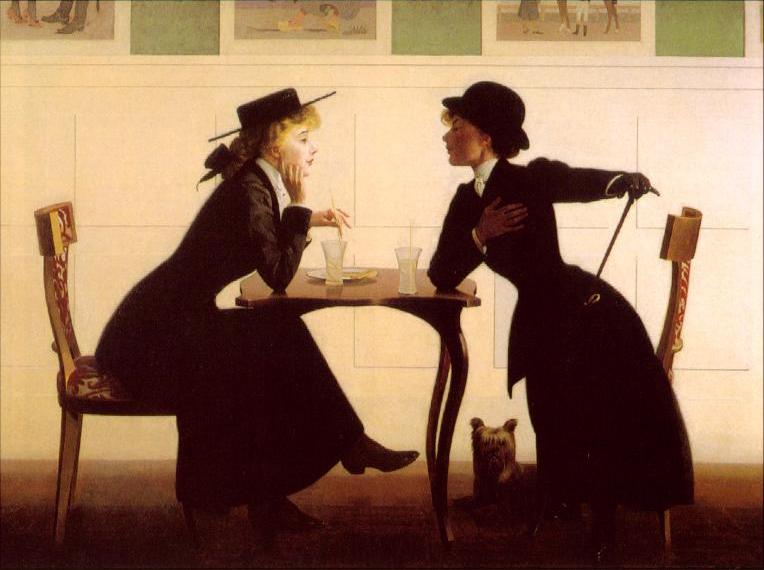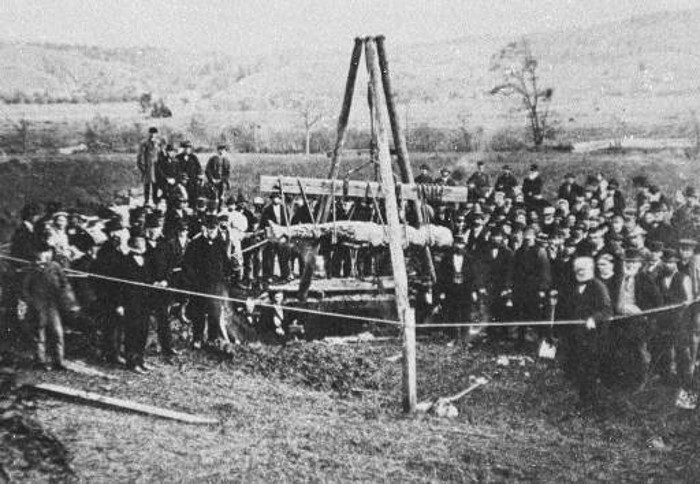Patient H.M. went through experimental brain surgery in the 1950s to address a severe epileptic disorder. He emerged with a curiously compromised sense of smell: He could detect the presence and intensity of an odor, but he couldn’t consciously identify odors or remember them. He was unable to say whether two scents were the same or different, or to match one given scent to another. When asked to make conscious choices, he confused an odor’s quality with its intensity. And although he could name common objects using visual or tactile cues, he couldn’t identify them by smell.
“He can describe what he smells in some detail, but the descriptions do not correlate with the stimulus,” wrote chemist Thomas Hellman Morton, who examined and tested H.M. “Descriptions of the same odor vary widely from one presentation to another, and show no obvious trend when compared to his descriptions of different odors.”
Morton calls this “odor deafness,” by analogy with the “word deafness” found in some stroke victims, who can read, write, and hear but can’t recognize spoken words.
This raises an interesting philosophical question: Does H.M. have a sense of smell? If he can detect the presence of a scent and its intensity but can’t recognize it or distinguish it from others, is he smelling it?
(Thomas Hellman Morton, “Archiving Odors,” in Nalini Bhushan and Stuart Rosenfeld, Of Minds and Molecules, 2000.)
